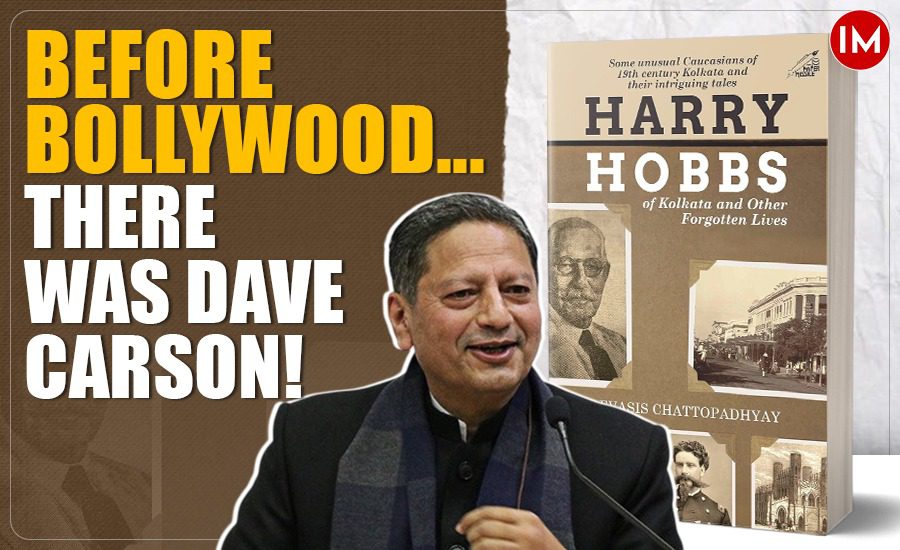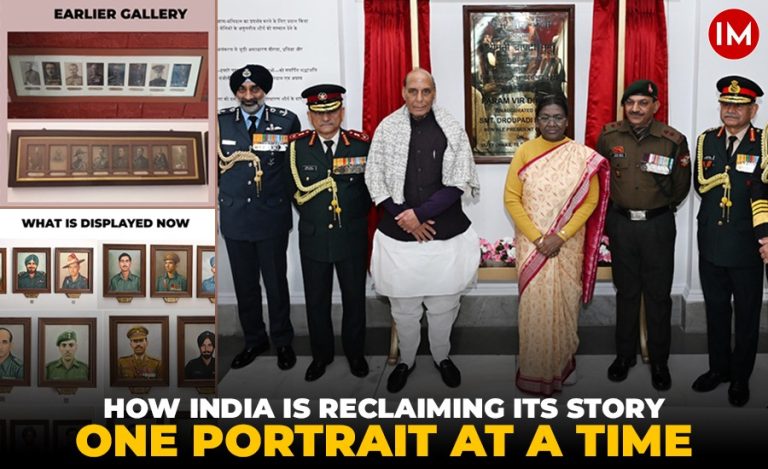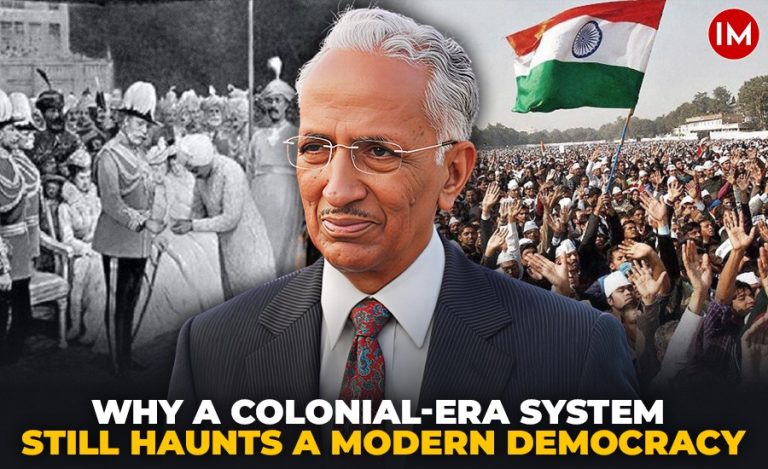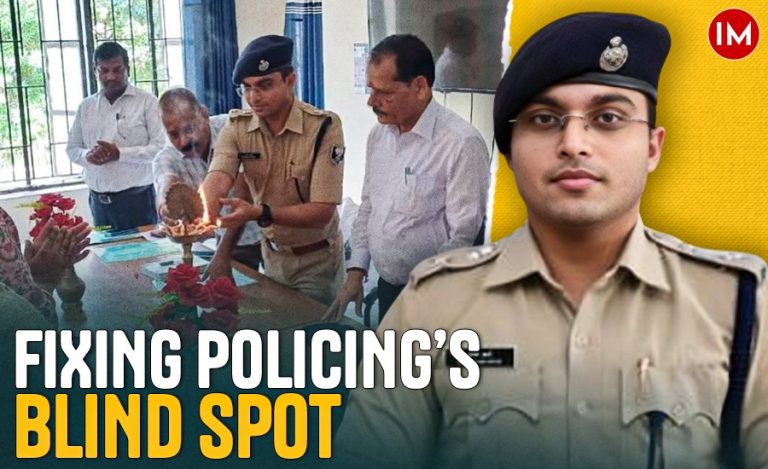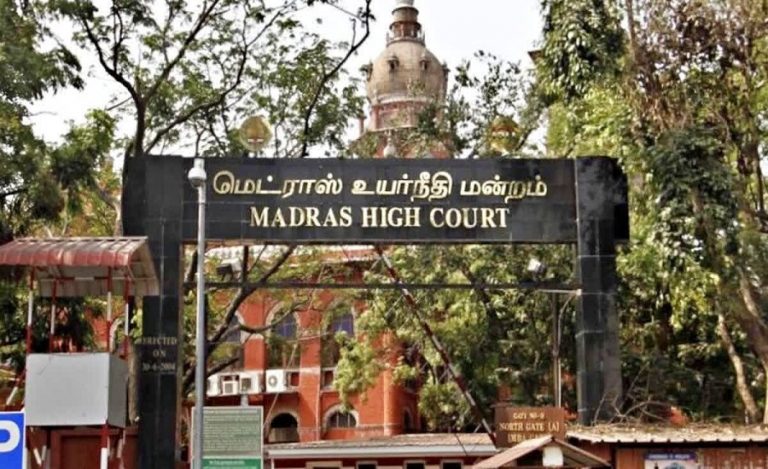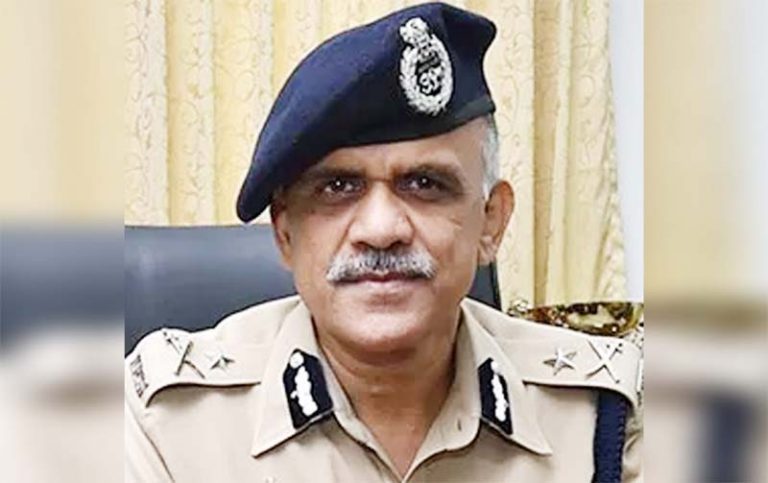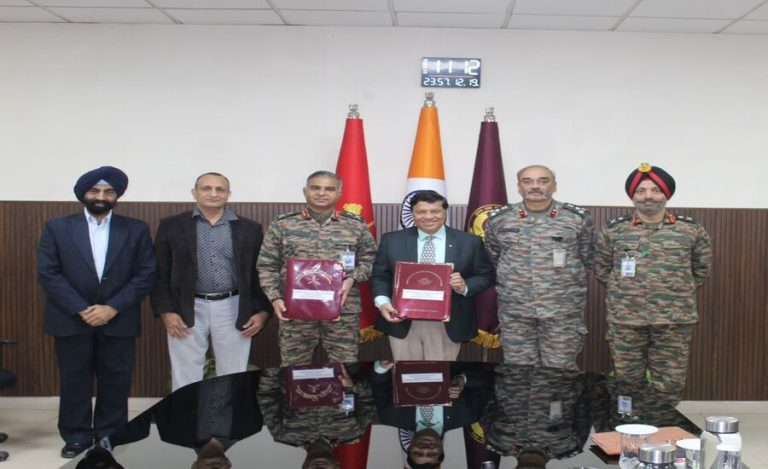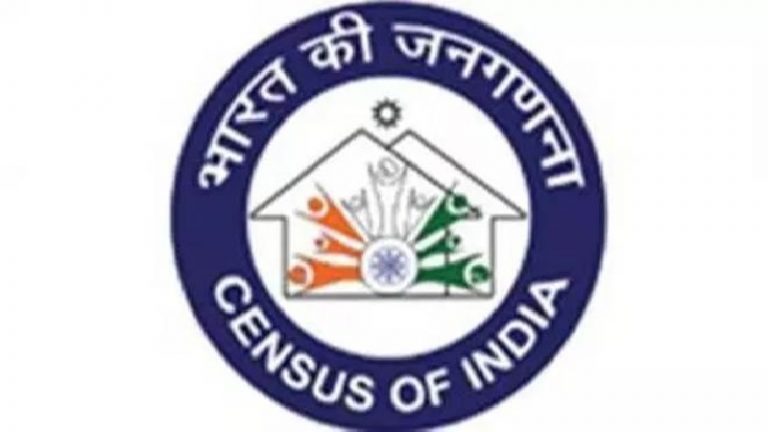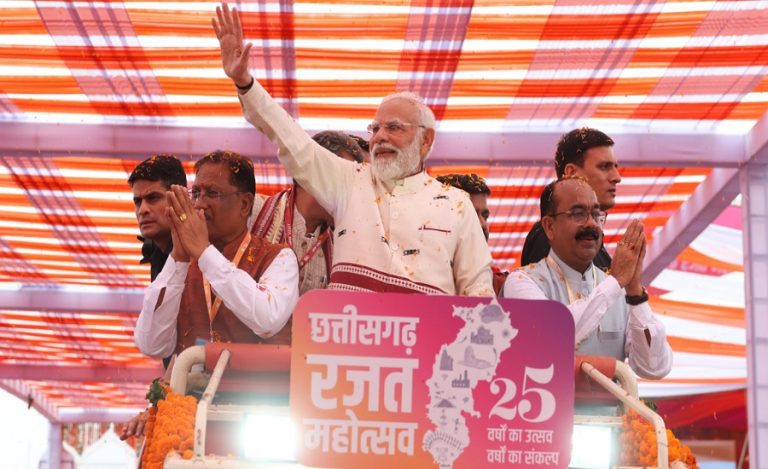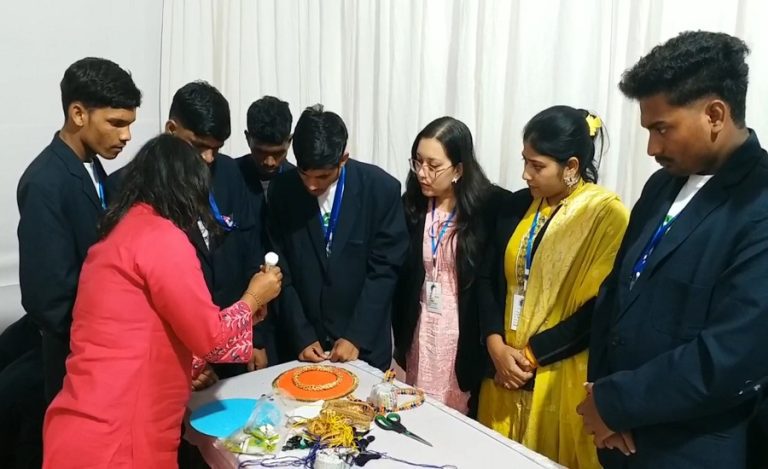Harry Hobbs of Kolkata and Other Forgotten Lives
Circa 1800: This was the time when the port city of Kolkata was an El Dorado – the first city of the very prosperous British East India which attracted Caucasian settlers of all manners and types – missionaries, traders, mercenaries, adventurers, fraudsters, treasure hunters, administrators and impresarios. Some made a fortune and a reputation, others lost all of theirs, but they all had their own repository of tales to recount. While those of Governor Generals and members of his Council have been archived, what of the vast majority of those who were the sinews of the Empire – the wives and the barmaids, the hotelier, the farrier, the haberdasher, the crime detective, the writer, the publisher, the cartoonist and the civil servant who died before he could reach a position of any significance.
It is precisely this world that Devasis Chattopadhyay brings to the fore in this wonderfully eclectic collection of nine lives of Caucasians- the piano tuner Major Harry Hobbs, John and Talbott Shakespear(e), the Frenchman Chevalier Antoine De L’Etang reputed to be lover of Marie Antoinette, Richard Reid, Calcutta’s first detective and crime writer, Shirley Tremearne, the city’s first media Moghul, the Prinsep who lent his support to the slave trade, Isaac Henry Townley Roberdeau, the model civil servant who died very young, Colonel Percy Wyndham and the Comic Star of India Dave Carson. These were all people who came from another world, but made a major difference to the social, cultural, political, intellectual and entrepreneurial life of the city. As Nirmal Kanti Bhattacharjee, the erudite editor of Niyogi Books tells us in the Foreword that in this narrative, fact and fiction walked hand-in-hand, thereby reinforcing the etymological connect between story and history.
Let’s examine these nine lives – starting with that of Major Harry Hobbs – for he was the most prominent chronicler of the life and times of his Calcutta. He always maintained a journal and wrote on so many different aspects of life in the Imperial city – starting with The Piano in India, The Romance of the Calcutta Sweep, Spence’s Hotel and its Times, Indian Dust Devils, Scoundrels and Scroungers, and of course his magnus opus and best known work ‘John Barleycorn Bahadur—Old Time Taverns in India, and extracts from his journals ‘Scraps from my Diaries’. The observations range from the introduction of electricity and piped water, the first hot air balloon flight, the import of ice ‘burf’, horse racing as a sport, to the opening up of the Suez Canal. Hobbs writes that the reduced travel time made it possible for the Mem Saheb as well as the barmaids to reach the enchanted land, and all the attendant social changes in the wake of the ‘gori girls’ in this city of promise!
Among the many Shakespears who lived and worked in Calcutta, the Bengal Presidency and the Assam Frontier, one became the subject of a doctoral dissertation at the Mizoram University. K Lalzumiawia wrote ‘John Shakespear in the Lushai Hills’ – which records his perceptions of the linguistic and ethnographic profiles not only of the Mizos, but also about the state of Manipur and its royal family. These are available in the archives of the British library, and are an important resource material for studies on Ashtalakshmi – the new nomenclature for the eight states of the North East.
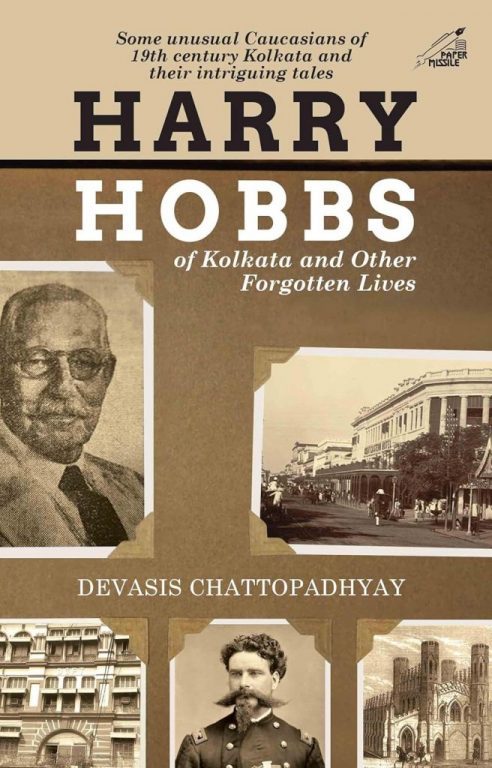
The third story is that of Huguenot emigrant to Bengal – Isaac Henry Townley Roberdeau – who wrote the seminal piece ‘A young civilian in Bengal in 1805’ republished a hundred and twenty years later in the January-June 1925 issue of Bengal Past and Present. From Philip Mason to Bhaskar Ghosh to Dr C.K. Mathew and Deepak Gupta, many distinguished commentators on the Indian bureaucracy have spoken about this ideal civil servant who was ‘minutely just and inflexibly upright’. This aligns well with what the LBSNAA tries to instill among the youngest entrants to the civil service.
Then there is the legacy of Antoine De L’Etang, who set up a riding school after being dismissed from France, took up service with the Nawab of Lucknow as a veterinarian, shifted to Calcutta to establish the Governor General’s Body Guard (GGBG) which is now the President’s Body Guard – the oldest functioning formation of the Indian army. His three beautiful granddaughters were married to prominent functionaries of the Raj – Adeline Marie Pattle to Lt Gen Colin Mackenzie, Julia Margaret Pattle to the jurist Charles Hay Cameroon, and Sara Monckton Pattle with Henry Thomas Prinsep, a judicial officer and member of the Governor general’s council. His younger brother James Prinsep edited the Asiatic Society journal, and is well-known for deciphering the Kharosthi and Ashoka Brahmi scripts. However Henry’s views on the issue of slavery were regressive – he justified both slavery and indentured labour, but it is important to note that this was also an influentialpoint of view when the Indian Slavery Act was promulgated in 1843.
Another very controversial character of that century was Colonel Percy Wyndham – a veteran of the American civil war, who started a comic magazine – The Indian Charivari – which carried out a series of caricatures and ‘Baboo ballads’ to poke fun of the nouveau riche Bengalis. Devasis has unearthed enough material to show that the magazine had the support of powerful benefactors like Sir Richard Temple who was the Lt Governor of Bengal, 1874-76 and later of Bombay (1877-1880). In response, the Bengali owned newspapers – the Indian Mirror, Hindoo patriot and Amrita bazar Patrika repaid the Brits in their coin! Wyndham also tried his hand at opera management as an impresario – which ended in a complete fiasco.
We learn about the establishment of the detective department of the Calcutta Police, and Richard Reid’s use of ‘evidence photography’ for the first time in 1887 when he cracked the Rose Brown murder case by scrupulous documentation and cross examination. This led him to publish ‘Every Man His Own Detective’ which became a Bible of sorts for all the detective sergeants of the Calcutta Police. He went on to write other books in the genre of crime fiction: Romance of Indian Crime, Tales of Indian Mutiny, Revelations of an Indian detective, and Knavery Unmasked. His life and times have been well documented by Tapan Chattopadhyay in his book ‘The Story of Lalbazar: Its origin and growth’.
The penultimate story is about the theatre scene of Calcutta when Dave Carson, the comic star of India who made a fortune by lampooning the Bengali babu in Calcutta, as well as the Parsi Seth in Bombay. But he soon found his match in Mustafi and Nagendra Nath Banerjee – but it was thanks to him that the proscenium theatre became popular in the city. Soon, these plays began to take up themes that raised questions about Imperial economic policy and its impact on the impoverished peasants. We get an idea of the very active theatre scene of Calcutta if these times from the range of plays – Nil Darpan (The Indigo Mirror), followed by Jamai Barik (son-in-law Barik), repeat performance of Nil Darpan and Navin Tapaswini, the Bangla adaptation of The Merry Wives of Windsor.
The founder of Capital, India’s first newspaper which gave precedence to commercial and financial news over the political was Shirley Tremearne. He started his career as a clerk in the Accountant General’s office in Rangoon (Yangon now in Myanmar) at a salary of Rs 80 per month, but through sheer diligence and hard work moved up the ladder to become the private secretary, and later assistant registrar of the Calcutta High court. After this the entrepreneurial element in him took over, and he launched the Capital in 1878 – which ran for 91 years till 1979 – with a reduced, but still loyal subscriber base of 4500 copies. This paper is a goldmine of information about the rise and fall of the city’s fortunes from being India’s primus rub to a city in (terminal) decline. He also restored the Great Eastern Hotel (now Lalit Grand) to its premium status as ‘best hotel east of Suez’
The book is truly a labour of love, for the author has done meticulous research about an era that has gone by when the city was indeed ‘cosmopolitan’ with a very range of nationalities – the Caucasians (British, Dutch, French, Greek and Portuguese) whom also Jews, Chinese, Armenians, Arabs, Afghans besides of course Indians from across the country: the Marwaris and the Parsis, the Punjabis, the Biharis and the Madrasi (as everyone from the south was called). But it is also the story of a colonial encounter, of entrenched patriarchy, counter narrative as well as competition and collaboration between the Occident and the Orient – for unlike what Kipling said – this was the city in which the West did meet its match in the East !
ABOUT THE AUTHOR
Dr Sanjeev Chopra, is a 1985-batch IAS Officer of West Bengal cadre. He retired from the service on March 31, 2021 as Director, Lal Bahadur Shastri National Academy of Administration (LBSNAA), Mussoorie.

